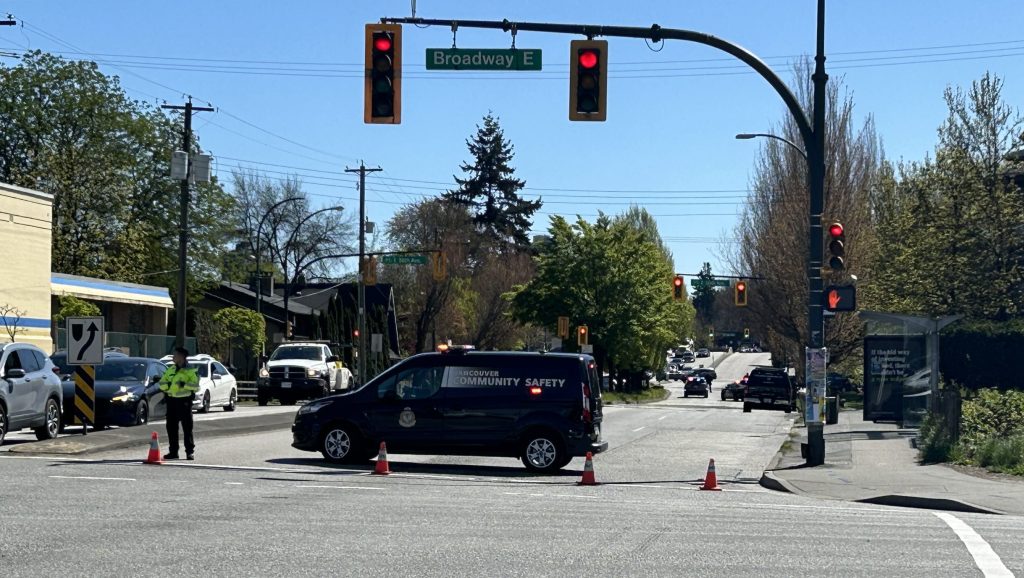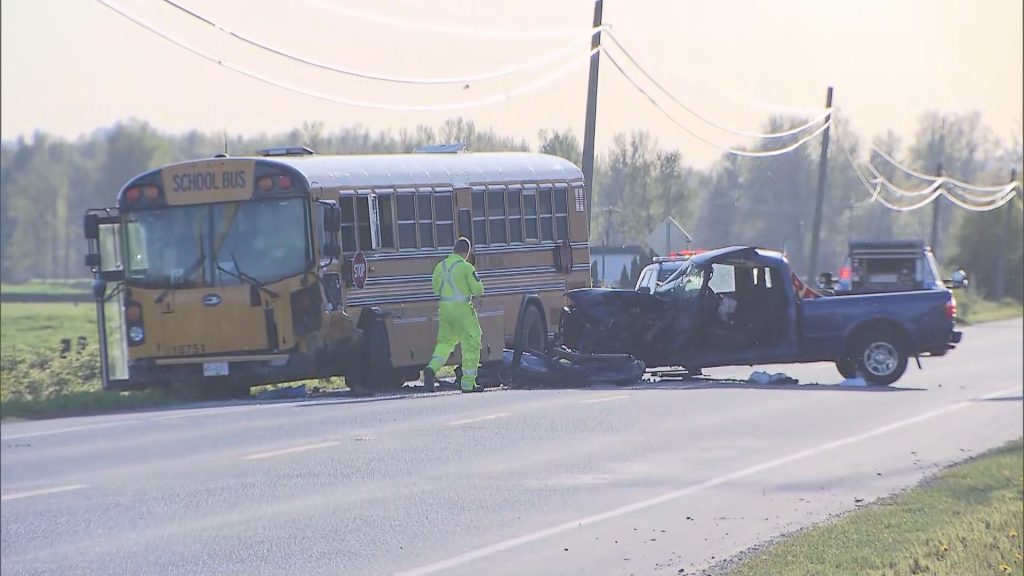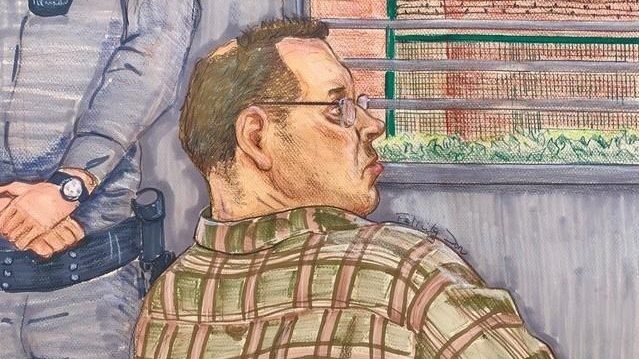The Latest on Nepal: Government to give $1,000 to each family of those who died in quake
Posted April 30, 2015 3:16 am.
Last Updated April 30, 2015 11:50 pm.
This article is more than 5 years old.
9:30 a.m. (0345 GMT)
Nepal’s government is giving out 100,000 rupees ($1,000) to families of each of those killed in Saturday’s earthquake, and another 40,000 rupees ($400) for funeral costs, according to the state-run Radio Nepal.
Meanwhile, Nepal Rastriya Bank, the central bank, has ordered all private banks to open for at least a few hours Friday as well as over the weekend to meet the demand.
The latest death toll figure stands at 6,198 in Nepal alone, plus 61 elsewhere in the region.
— Binaj Gurubacharya, Kathmandu, Nepal
___
9:15 a.m. (0330 GMT)
Most of the people who were sleeping outside their homes for fear of aftershocks have moved back indoors.
There were only a few dozen tents left at the Tudikhel grounds in the heart of Kathmandu, with less than a thousand people still there.
The area used to be crowded with more than 30,000 people in the first days after the quake hit.
Almost all the gas stations are open Friday in Kathmandu and there are no more lines.
The popular Hermann’s bakery at Lalitpur, a Kathmandu suburb, is selling fresh bread and croissants, which were quickly snapped up.
Krishna Maharjan, who brought green onions and cauliflower from his farm on a bicycle, says he and his fellow farmers on the outskirts of Kathmandu are now delivering produce to the city.
“We are trying to get as much fresh food to the people as possible. I feel it is our small contribution, but that’s what we can do and every little bit helps,” he says.
— Binaj Gurubacharya, Kathmandu, Nepal
___
12:15 a.m. (1930 GMT)
Farmers who miss the planting season that is expected to start late May onwards will be unable to harvest rice — the country’s staple food — again until late 2016.
The U.N. Food and Agriculture Organization says this, together with likely losses of food stocks and wheat and maize harvests, would severely limit food supplies and incomes in the South Asian country, where around two-thirds of people rely on agriculture for their livelihood.
— Cara Anna, United Nations
___
12 a.m. (1915 GMT)
The U.N. humanitarian chief, Valerie Amos, is in Nepal for a three-day visit to meet victims and local leaders. She plans to visit areas outside the Kathmandu Valley, according to the deputy spokesman for the U.N. secretary-general, Farhan Haq.
The U.N. humanitarian office says about 24,000 people are living in 13 camps in Kathmandu. More than 130,000 houses are reportedly destroyed.
The main challenges are the “inaccessibility of some remote areas, the lack of helicopters, poor communication and security concerns.”
— Cara Anna, United Nations
___
10 p.m. (1615 GMT)
Police say a woman in her 20s has been rescued five days after Nepal’s massive earthquake.
A police official identified the woman as Krishna Devi Khadka and said she was rescued Thursday evening in an area near Kathmandu’s main bus terminal.
The official asked not to be identified because he wasn’t authorized to speak to the media.
Earlier Thursday, a 15-year-old boy, Pemba Tamang, was pulled, dazed and dusty, from the wreckage of a seven-story building elsewhere in Kathmandu.
— Todd Pitman, Kathmandu
5:30 p.m. (1145 GMT)
An Indian seismologist says more than 70 aftershocks have been recorded in the Himalayan region since Saturday’s earthquake.
J.L. Gautam says the 73 aftershocks recorded as of Thursday morning by India’s monitoring stations ranged from magnitude 3.2 to 6.9, the strongest occurring Sunday.
Gautam is the director of seismology at the Indian Meteorological Department in New Delhi.
India monitors seismic activity from stations in the Himalayan foothills in northern India in the towns of Gangtok, Dehradun and Shimla and others in Shillong and Guwahati in northeastern India.
Gautam said the aftershocks will continue for “a few weeks, or months, or even years.” He says, “These aftershocks are quite normal after a powerful earthquake of such magnitude.”
— Nirmala George, New Delhi
___
4 p.m. (1015 GMT)
France has announced the death of a third French citizen in the quake.
The first government flight carrying French nationals from Nepal arrived in Paris overnight.
According to EU officials, some 9,000 EU citizens are still in Nepal following Saturday’s earthquake. More than 1,000 of them have not been reached yet.
The official death toll in Nepal has reached 5,489. It does not include the 19 people killed at Mount Everest — five foreign climbers and 14 Nepalese Sherpa guides — when the quake caused an avalanche at base camp.
— Angela Charlton, Paris
___
3 p.m. (0915 GMT)
Relief aid group Oxfam says congestion at Kathmandu airport, blocked roads, fuel shortages and difficult terrain are slowing down the pace of aid delivery.
The group says it is looking at ways to transport essential goods overland from India. It says challenges include getting aid to remote mountain villages, many of which are connected to the outside world by a single dirt road that may now be blocked by landslides.
Heavy rainfall is also a problem.
According to the U.N., Saturday’s earthquake has displaced about 2.8 million Nepalese. Over 70,000 homes are believed to be destroyed and another 530,000 damaged in 39 out of the country’s 75 districts.
___
12:50 p.m. (0705 GMT)
Nepalese police say the boy who was pulled from rubble five days after the earthquake is a 15-year-old who made it alive by “good faith.”
Nepalese police officer L.B. Basnet says he spoke to the boy who gave his name as Pemba Tamang.
Basnet says: “”He thanked me when I first approached him. … He was really responsive. He told me his name, his address, and I gave him some water. I assured him we were near to him.”
The rescue operation was led by a Nepalese team with American responders from the U.S. Agency for International Development assisting them.
Basnet wore a headlamp and was dressed in blue camouflage uniform. He crawled into the hole to get the boy out.
— Todd Pitman, Kathmandu, Nepal
___
12:10 p.m. (0625 GMT)
A teenage boy has been pulled out from the rubble of a Kathmandu building five days after the earthquake.
Waiting crowds roared and cheered as the boy was carried out in a stretcher. His face was covered in dust, and medics put an IV drop into his arm. A blue brace was placed around his neck. He appeared stunned, and his eyes blinked in the sunlight.
A USAID team was working at the scene for several hours to try to free the boy.
Team leader Andrew Olvera said before the rescue that the boy was not very deep, but he was trapped between two collapsed floors.
— Todd Pitman, Kathmandu, Nepal
___
11:55 a.m. (0610 GMT)
A team of U.S. rescuers is working on pulling out a 15-year-boy who has been buried in the rubble of a collapsed home.
They were inspecting another site in Kathmandu on Thursday when a Nepalese team with them said a 15-year-old boy was alive and trapped in a nearby building.
USAID team leader Andrew Olvera says: “We have lights, we have generators, we have heavy breaching equipment, jackhammers, and we’re trying to get him out.”
He says the boy is not too far down, but the floors have collapsed and “he’s pancaked between them.”
The team has dropped medical supplies and IV fluid to team members who went down inside, including a U.S. firefighter medic who is part of the team. It’s unclear if the boy was able to receive them.
The team also stuck a rotatable camera on a pole into the hole to see how best to get him out.
The site is dangerous. Olvera says it looks like it used to be a seven-story building with concrete slabs hanging down.
— Todd Pitman, Kathmandu, Nepal
___
11 a.m. (0515 GMT)
European plane maker Airbus is providing helicopters, planes and satellite imagery for relief efforts in Nepal.
Airbus Helicopters is offering aircraft for French rescue missions to locate and retrieve anyone trapped in difficult-to-reach areas, according to the French Foreign Ministry.
Airbus’ defence and space business is offering satellite imagery to help assess damage and help rescuers target and deliver aid.
France-based Airbus and its charitable arm plan to use a new Nepal Airlines A320 to bring medical supplies and aid workers to Kathmandu.
— Angela Charlton, Paris
___
10 a.m. (0415 GMT)
In quake-wracked Nepal, everyone who is able is joining the aid effort.
The 32-year-oid Narayan Thapa was working at a tire factory in Gorkha town when the earthquake destroyed his village of Bungkot, around 45 kilometres (28 miles) away.
“Everything is destroyed. Not even one home is standing. We think there is still one person dead under the rubble,” Thapa said.
Thapa and his friends are scrambling to find a four-wheel vehicle to carry the medicine and food they’ve cobbled together to the village.
“People are hungry there, they are suffering. I’m doing whatever I can to help,” he said.
Among those in desperate need of supplies in Bungkot, with a population of about 300, are Thapa’s parents, wife and daughter.
“My friends are helping me. Everyone is doing whatever they can. We managed to send a little bit yesterday. My family — they’re relying on me. There is no food. They are in trouble there,” Thapa said.
— Katy Daigle in Gorkha, Nepal
___
9 a.m. (0315 GMT)
Despite a steady morning drizzle, hundreds of people are lining up in central Kathmandu hoping to get on government-run bus service so they can visit their homes in remote parts of the quake-hit country.
“I have to get out of here, I have to get home. It has already been so many days,” said Shanti Kumari, a housewife, heading to join the line with her 7-year-old daughter. Kumari, a Kathmandu resident, said she was desperate to check on her family in her village in eastern Nepal. “I want to get at least a night of peace,” she said.
Over the past few days, the government has been running school buses free of charge for people wishing to travel to remote villages, worst-hit by Saturday’s magnitude 7.8 earthquake.
Five days after the quake, tents at the Tudikhel grounds, in the heart of Kathmandu, thinned out by Thursday morning. Overnight rainfall forced people to return to their homes, many of which were damaged in the quake.
Nepal’s weather office predicted rain all day Thursday, with the weather was expected to improve later in the day or Friday.
— Binaj Gurubacharya, Kathmandu, Nepal
___
7:45 a.m. (0200 GMT)
Police in Nepal say the death toll from Saturday’s earthquake has topped 5,500.
The Kathmandu police say 5,489 have died and another 11,440 people have been injured in Nepal.
The quake that was centred just outside Kathmandu also triggered an avalanche that killed at least 19 people at the Everest base camp.
Another 61 were killed in neighbouring India and Bangladesh, and China’s official Xinhua News Agency reported 25 dead in Tibet.
— Binaj Gurubacharya, Kathmandu, Nepal










